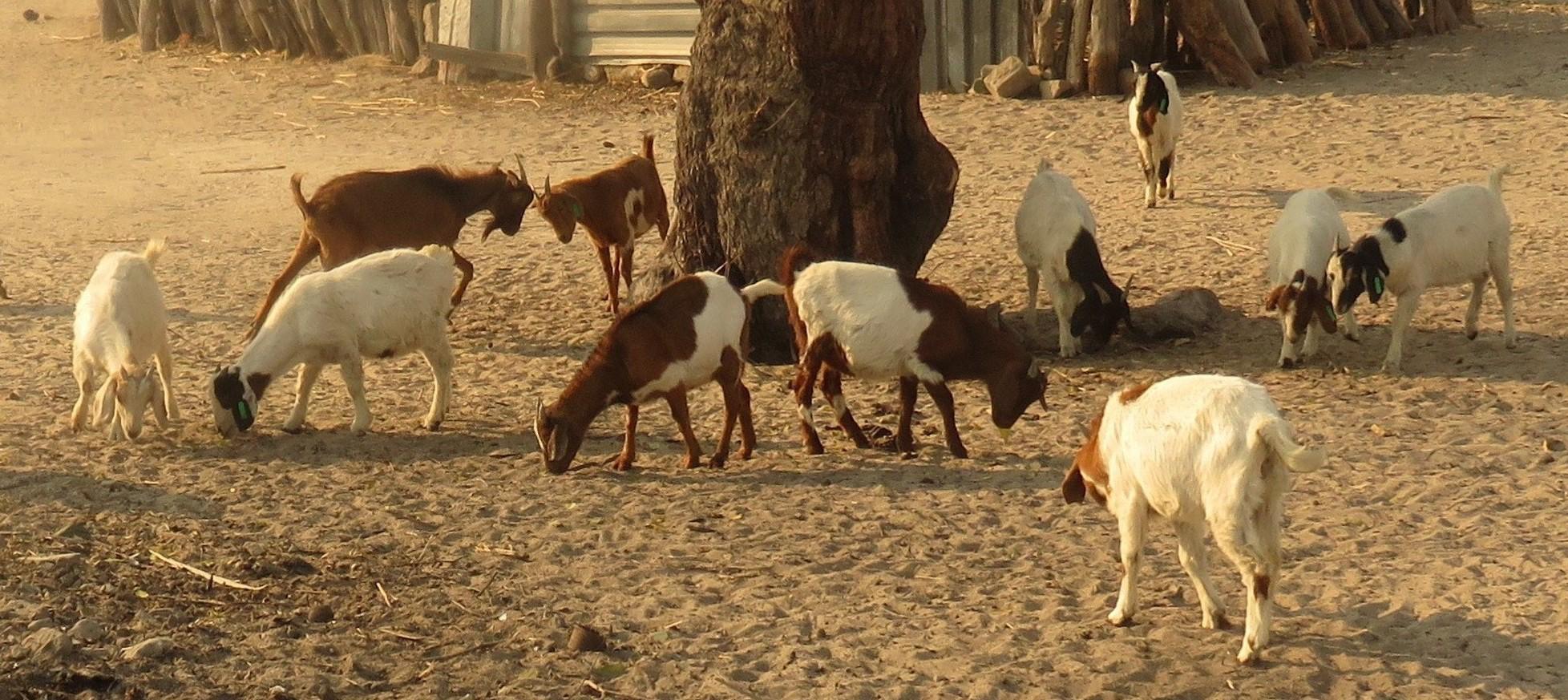Namibia’s domestic debt increased by 1,09% in July, rising from N$119,02 billion in June to N$120,32 billion.
According to research done by economic analysts Simonis Storm Securities, the primary driver of this growth was the increase in fixed-rate bonds (GCs), which expanded by N$1,05 billion to reach N$70,99 billion.
“Inflation-linked bonds also contributed to the overall debt rise, increasing by N$120 million to a total of N$9,14 billion,” noted Simonis.
According to the researchers, treasury bills (TBs) recorded a more modest increase of 0,31%, with outstanding amounts growing from N$40,06 billion to N$40,18 billion.
“However, within the treasury bill segment, the outstanding debt on the 91-day TB experienced a decline of 3,59%, reducing to N$4,09 billion, despite the overall upward trend in TB issuance,” says Simonis.
The analysts noted that throughout July, yields across the four TB auctions declined by an average of 6,72 basis points.
The six-month tenor experienced the most significant drop, decreasing by 8,46 basis points, while the three-month tenor saw the smallest decline, with a reduction of 2,96 basis points.
Simonis says the spread between Namibian and South African treasury bill yields narrowed during this period, as Namibian benchmark yields experienced a steeper decline.
South African treasury bill yields fell by an average of 30,5 basis points month-on-month, bringing the spread between the two to an average of just 6 basis points by the end of July.
“If this downward momentum continues, we anticipate Namibian benchmark yields may soon overlap or even surpass local yields in South Africa.
“In July, the supply of government bonds increased compared to the previous two months, which is typical for periods when coupon payments are due. Investor interest was particularly strong in the intermediate segment of the yield curve, which also has the highest outstanding debt among fixed-rate bonds,” says the analysts.
In the secondary market, trading volumes declined to N$171 million in July, down from N$225,97 million in June.
Demand remained strong for intermediate-term bonds, particularly for the GC27 and GC32 bonds, which recorded the highest trading volumes of N$32,8 million and N$32,05 million, respectively.
In June, Namibia’s inflation rate eased to 4,6%, down from 4,9% in May.
This decline in inflation made inflation-linked bonds with longer maturities more attractive than those at the shorter end of the curve.
Despite this shift, all four available ILB instruments saw an increase of N$30 million each in their outstanding amounts.
Among the primary bond auctions held in July, the GI36 attracted the highest tendered amount, totalling N$125,09 million, indicating strong investor demand for longer-dated inflation protection.
According to Simonis, the US Federal Reserve is anticipated to begin cutting interest rates in September, with the Fed Watch tool currently signalling a 100% probability of a rate reduction.
“Following the fed’s lead, we expect South Africa to initiate its rate-cutting cycle in September as well, with a total reduction of 75 basis points anticipated over the cycle.
“Given the currency peg between Namibia and South Africa, we project that Namibia will also begin reducing rates toward the end of this year, likely aligning its repo rate adjustments with those of South Africa to maintain the interest rate differential,” says the analysts.
Simonis says in anticipation of these rate cuts, yields on government securities have already started to decline across Namibia, South Africa and the United States.
– email: matthew@namibian.com.na
Stay informed with The Namibian – your source for credible journalism. Get in-depth reporting and opinions for
only N$85 a month. Invest in journalism, invest in democracy –
Subscribe Now!










